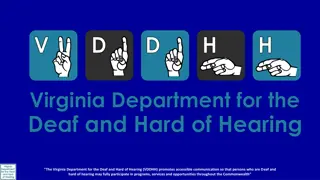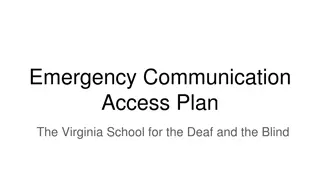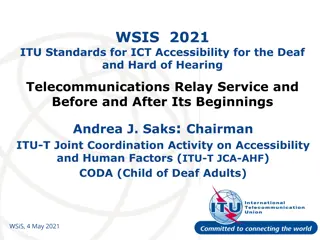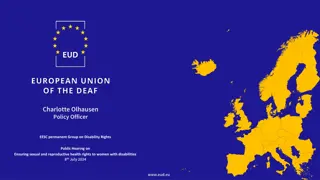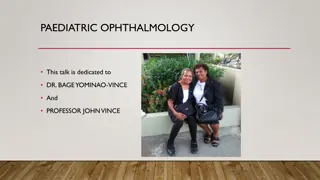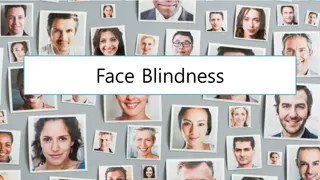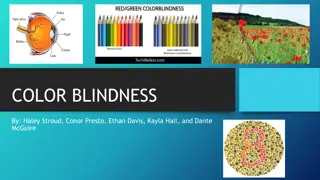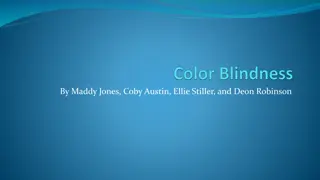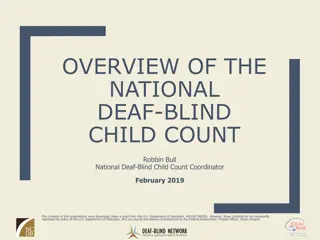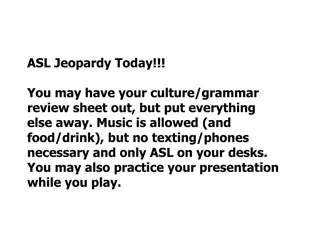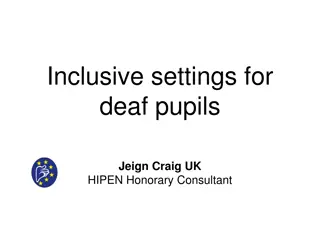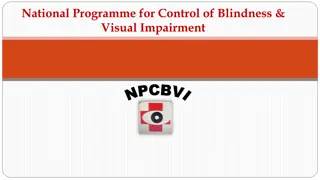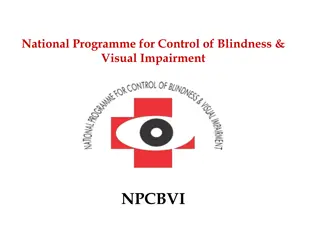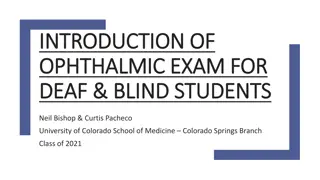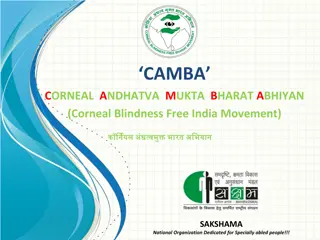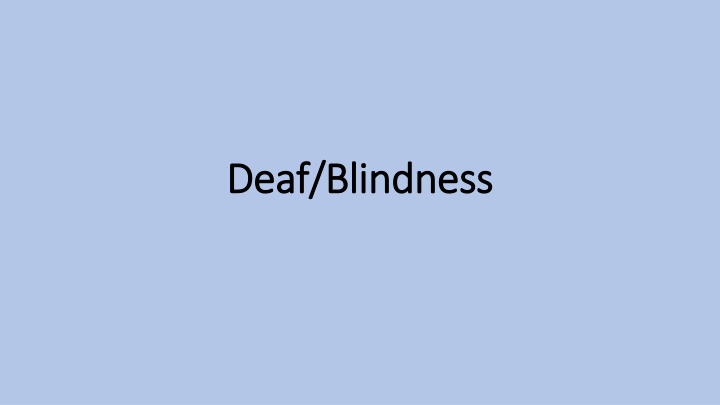
Understanding Deaf-Blindness: Eligibility, Advocacy, and Education
Learn about deaf-blindness, eligibility criteria, advocacy organizations, prevalence, causes, student placements, and educational approaches for individuals with this unique disability. Discover the professional support available and the importance of tailored education for those with concomitant hearing and visual impairments.
Download Presentation

Please find below an Image/Link to download the presentation.
The content on the website is provided AS IS for your information and personal use only. It may not be sold, licensed, or shared on other websites without obtaining consent from the author. If you encounter any issues during the download, it is possible that the publisher has removed the file from their server.
You are allowed to download the files provided on this website for personal or commercial use, subject to the condition that they are used lawfully. All files are the property of their respective owners.
The content on the website is provided AS IS for your information and personal use only. It may not be sold, licensed, or shared on other websites without obtaining consent from the author.
E N D
Presentation Transcript
Deaf Deaf/Blindness /Blindness
Definition Definition IDEA Definition 300.8 (c) (2) Deaf-blind means concomitant hearing and visual impairments, the combination of which causes such severe communication and other developmental and educational needs that they cannot be accommodated in special education programs solely for children with deafness or children with blindness.
Eligibility Criteria Eligibility Criteria Deaf-Blindness is a clinical term as well as an educational disability classification under the IDEA. The eligibility criteria for Deaf-Blindness requires documentation of eligibility under the classifications of Deafness or Hearing Impairment (Hard of Hearing) and Visual Impairment including Blindness. Documentation of an adverse educational impact and the need for specially designed instruction are also required and are not based solely on a clinical or medical diagnosis.
Professional Advocacy Organizations Professional Advocacy Organizations National Center on Deafblindness The National Center on Deaf- blindness is a national technical assistance center that works with state level Deaf-blind Projects to support learning and quality of life of across the wide variation among individuals with both vision and hearing loss.
Prevalence Prevalence Estimated about >0.1% of school-age population are served as Deaf- Blind.
Causes Causes Congenital or acquired causes; Charge syndrome and Usher syndrome
Placements Placements 26% of students who are deaf-blind receive instruction in regular classrooms, 13% in resource rooms, 36% in separate classes, and 25% in special schools and other settings.
Educational Approaches Educational Approaches Curriculum Functionality Age-appropriateness Curriculum Areas Self-care Communication Literacy Recreation and Leisure Making Choices Access to the General Education Curriculum
Selecting and Prioritizing Instructional Targets Selecting and Prioritizing Instructional Targets Two strategies for combining functional and academic content are: Embedding core academic content into functional activities Adding functional applications to instructional objectives based on core content standard A functional approach must remain a priority in curriculum
How Should Students Be Taught? How Should Students Be Taught? Select and prioritize instructional targets that are meaningful for students and their families. Instruction must be carefully planned, systematically executed, continuously monitored for effectiveness. The following are components of an instructional program: The student s current level of performance must be assessed. The skill must be defined clearly and actively engage the student.
Instructional Methods Instructional Methods The skill may need to be broken down into smaller component steps. The teacher must determine how the student can actively participate, provide a clear prompt, and gradually withdraw the prompt. The student must receive immediate feedback. The teacher must use strategies that promote generalization and maintenance. The student s performance must be directly and frequently assessed. Partial Participation Positive Behavioral Support Functional assessment Small-Group Instruction Students with Deaf-Blindness Tactile teaching techniques Students with T B I Curricular and instructional approaches for students with severe/multiple disabilities are appropriate


